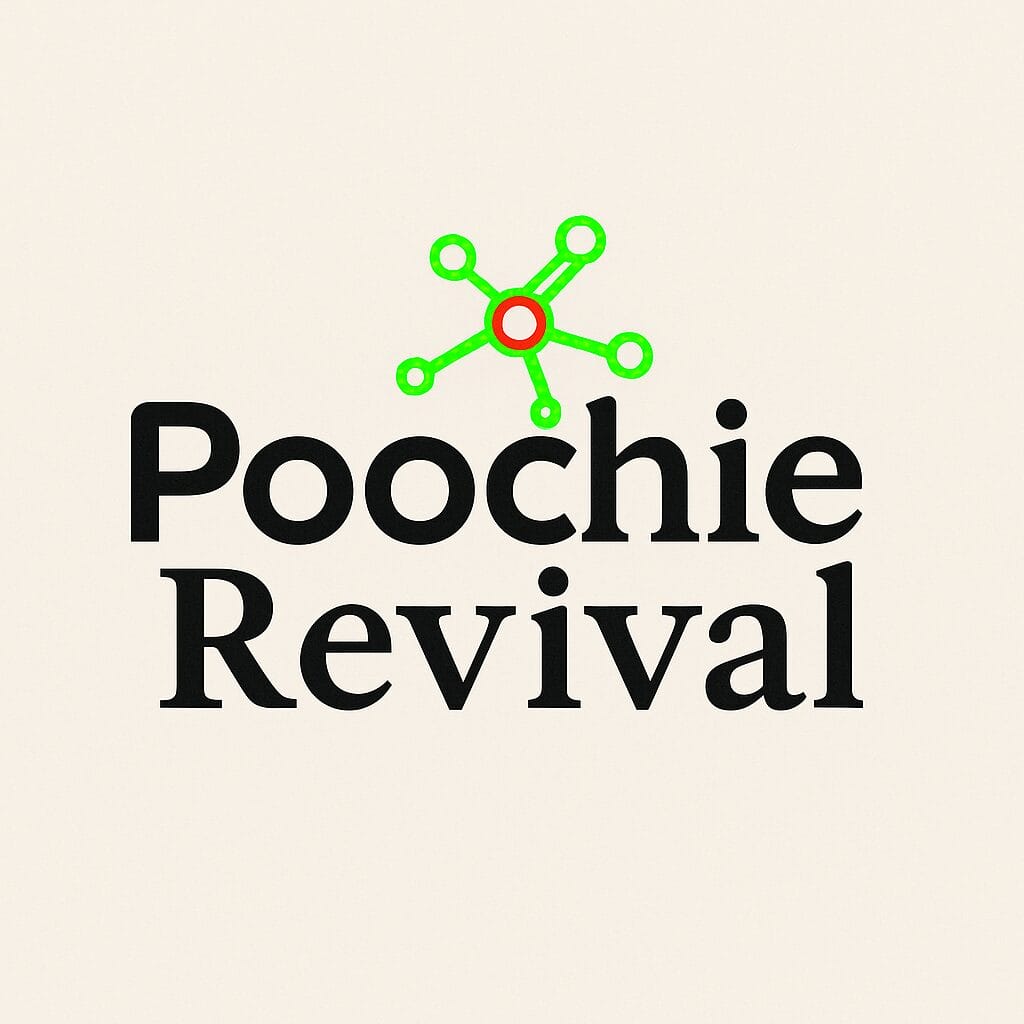 One of the main components of BARF, in addition to bones, is vegetable purees. They must be used in equal amounts to meat to ensure adequate vitamin intake.
One of the main components of BARF, in addition to bones, is vegetable purees. They must be used in equal amounts to meat to ensure adequate vitamin intake.
A wide variety of cucumbers and zucchinis are used because Billinghurst and his followers copied the idea from humans that greens are the healthiest. The fact that this claim doesn’t hold even in human nutrition was forgotten by all. The essential thing is that the vegetables must be pureed and frozen to break down the cell structure and utilize the vitamins. That’s why the dog world practicing BARF has been a strong customer base for Bamix and other hand and blender manufacturers.
If we forget the fact that there are genuinely quite few vitamins in the plant world, and if we also forget that the color spectrum should be broad to provide variation in carotenes, the idea of pureeing is strange. Strange, but not new.
It must always be remembered that Billinghurst was a veterinarian for a very short time, and his background is entirely based on the living food teachings of the 50s and 60s for humans. At that time, the cornerstone of living food was precisely juices and vegetable purees due to their supposedly better digestibility. This was simply transferred directly to what is known today as BARF.
The problem is that pureeing only shortens cellulose and pectin chains into shorter cell chains. Nothing more. The fact that something looks finely ground to the eye only indicates the weakness of our vision, not the crushing of cells at the cellular level. There is still a long way from puree to breaking down pieces measuring a few tens of millionths of a millimeter in a blender, which can’t even make ice fine enough not to feel sharp on the skin.
Freezing breaks structures, especially if they contain water. The problem is that a considerable part of plant cells can withstand expansion up to a hundredfold at best. Plant cells have a turtle shell on top; we don’t. And yet, meat doesn’t break down into a finer puree when frozen.
I’ve been trying for years to come up with a practical example that would help illustrate the problem with vegetable purees. Now one might have been found: moss graffiti.
Take buttermilk or beer. Anything that suits as a growth medium. Mix in something that binds moisture and makes the graffiti paint non-drip – like sugar molasses (which also nourishes). Mix a handful of desired moss into it. And now comes the important part: blend it into a fine mass that’s easy to handle and paint. Then paint, moisten, and the result is beautiful.
The essential thing is that when making vegetable purees, pureeing breaks the cells and simultaneously kills the plant – cell breakage means inevitable death. But when moss receives the same treatment, it just grows even more vigorously – it doesn’t lose its vitamins and minerals.
Funny, isn’t it? Especially since moss also withstands freezing.


